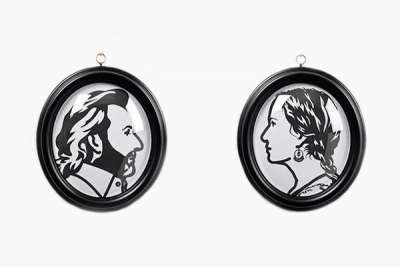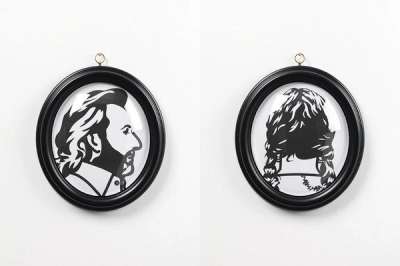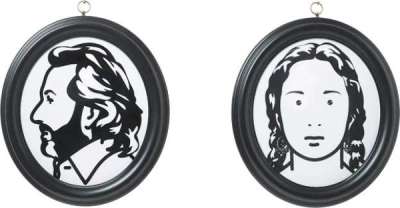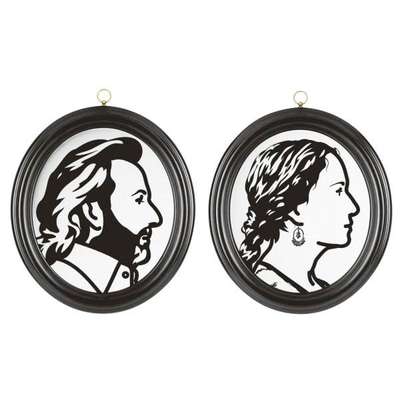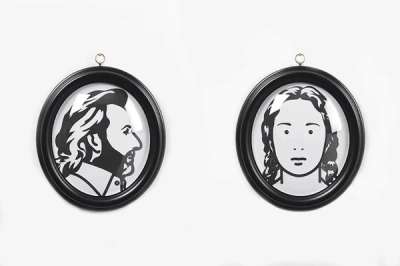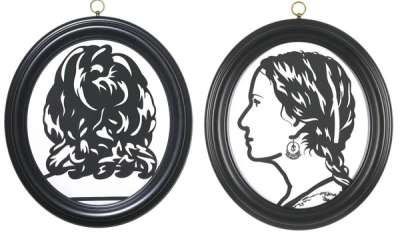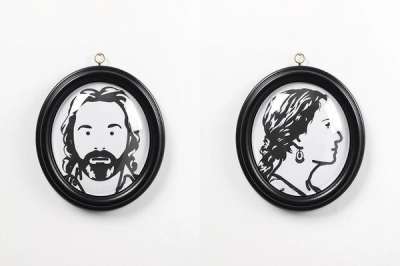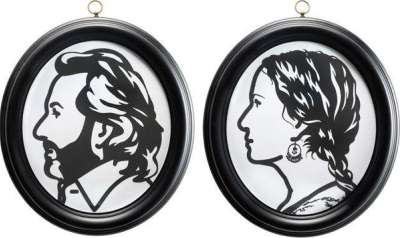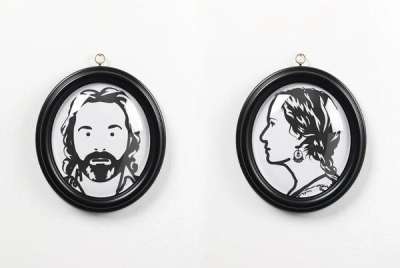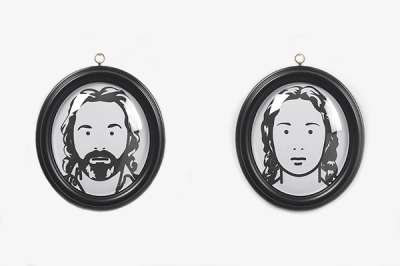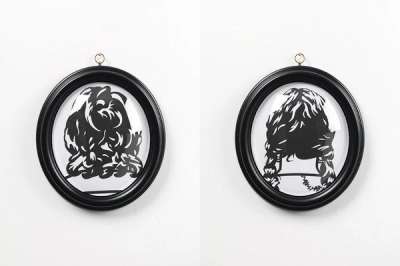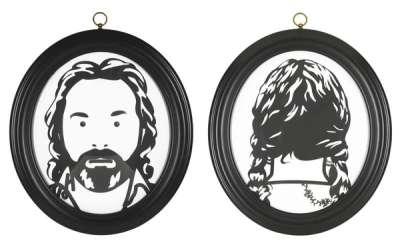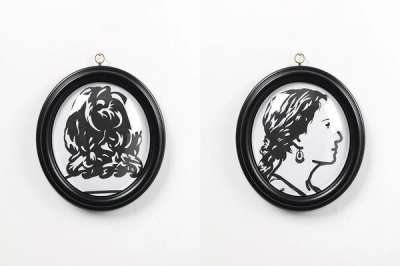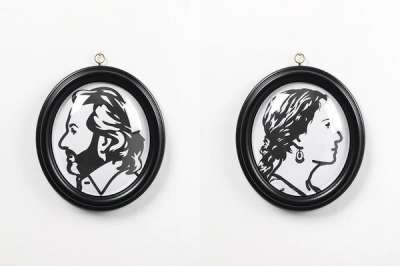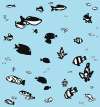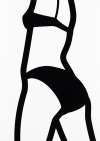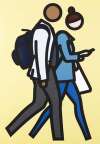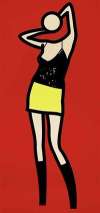Luc
And Ludivine Get Married
Julian Opie’s Luc And Ludivine Get Married series explicitly engages with the 19th century art historical tradition of silhouette portraiture. Through Opie’s mechanical repetition of the portraits, the meaning of each work is changed by the combination presented.
Julian Opie Luc And Ludivine Get Married For sale
Luc And Ludivine Get Married Value (5 Years)
Julian Opie's Luc And Ludivine Get Married series has historically shown more modest results compared with the artist’s wider oeuvre, with auction prices ranging from £1488 to £11458. Average annual growth has remained modest at -12.83%, with certain works seeing declines in value. Over 21 total auction appearances, average selling prices have held steady around £4324. This series appeals to collectors seeking accessible entry points into Julian Opie’s print market.
Luc And Ludivine Get Married Market value
Auction Results
| Artwork | Auction Date | Auction House | Return to Seller | Hammer Price | Buyer Paid |
|---|---|---|---|---|---|
 Luc And Ludivine Get Married. (pair 15) Julian Opie Signed Print | 2 Jun 2023 | Bonhams Knightsbridge | £1,700 | £2,000 | £2,550 |
 Luc And Ludivine Get Married. (pair 02) Julian Opie Signed Print | 5 Nov 2022 | Phillips London | £5,950 | £7,000 | £9,500 |
 Luc And Ludivine Get Married. (pair 16) Julian Opie Signed Print | 10 Jun 2022 | Sotheby's Paris | £1,913 | £2,250 | £3,000 |
 Luc And Ludivine Get Married. (pair 07) Julian Opie Signed Print | 21 Jan 2021 | Phillips London | £2,380 | £2,800 | £3,800 |
 Luc And Ludivine Get Married. (pair 14) Julian Opie Signed Print | 10 Sept 2020 | Phillips London | £3,315 | £3,900 | £5,500 |
 Luc And Ludivine Get Married. (pair 06) Julian Opie Signed Print | 10 Sept 2020 | Phillips London | £3,528 | £4,150 | £5,500 |
 Luc And Ludivine Get Married. (pair 04) Julian Opie Signed Print | 22 Jan 2020 | Phillips London | £6,375 | £7,500 | £10,000 |
 Luc And Ludivine Get Married. (pair 11) Julian Opie Signed Print | 11 Feb 2016 | Dorotheum, Vienna | £1,700 | £2,000 | £2,750 |
Sell Your Art
with Us
with Us
Join Our Network of Collectors. Buy, Sell and Track Demand
Meaning & Analysis
Luc And Ludivine Get Married is a set of 16 mixed media works by Julian Opie from 2007 rendered in his pared-back, graphic style. Each work in the series shows two portraits of a man and woman, each presented in an individual elliptical frame with blown domed glazing.
Opie’s Luc And Ludivine Get Married series explicitly engages with the 19th century art historical tradition of silhouette portraiture, led by artist Auguste Edouart, whereby the new middle classes would commission family group or individual portraits to record a moment in time. Opie has a strong interest in noticing silhouettes everywhere and has said of the genre, “It is one of the most common forms of drawing around, certainly in that period from late 18th to early 20th century. It’s so common it has become boring, and it’s kind of boring anyway in the sense that it does not stray much from reality.”
The artist has created these images through using digital photography and computer drawing programmes, a creative process he is well versed in and renowned for. Initially Opie captures the sitters through digital photographs so as to get a feel for their personality and point to any crucial details that are integral their character. He then chooses his favourite images and draws over the individual photographs on the computer to reduce and abstract the original image.
The works in Opie’s Luc And Ludivine Get Married series show each figure in one of four poses, rendering them in different combinations of each pose, thus making every composition across the series unique. Through Opie’s mechanical repetition of the portraits, the meaning of each work is changed by the combination presented. For instance, in Luc And Ludivine Get Married (Pair 10), the figures seem detached as they face away from one another, whereas in Luc And Ludivine Get Married (Pair 05) the figures face inwards to one another and appear more like a married couple. This series is indicative of Opie’s desire to work with one idea across a number of different compositions, producing many versions of the same subject.
